Didactical tools
.jpg)
SOIL SEQUENCES ATLAS
To understand the soil-landscape relation it is necessary to study the spatial diversity of soil cover. This variability is partly predictable due to the substantial repeatability of soil units. Depending on dominant soil-forming factor affecting the repeated soil patterns, different types of soil sequences can be distinguished. This book provides an extensive database of soil sequences of various types. The main objective of this study was to present a great diversity of soil-landscape/climate/hydrology relations and its effect on patterns in soil cover.
Full text can be downloaded HERE.
.jpg)
Technogenic Soils Atlas
This book provides an extensive database on urban and industrial soils from the following countries: Hungary, Poland, Romania and Slovakia. The main objective of this study was to present a great diversity of transformations in the investigated soils most of which meets the criteria of Technosols. The collected data allow greater understanding of processes taking place in human-made ecosystems and is a useful tool in soil-science teaching.
Full text can be downloaded HERE.
.jpg)
TECHNOGENIC SOILS OF POLAND
This book presents the state of the art of knowledge about diverse technogenic soils in Poland. It includes many examples of urban soil studies conducted in miscellaneous Polish scientific centres. The presented issues concern not only morphology and properties of technogenic soils, but also their genesis, functioning in the environment, classification and reclamation.
Full text can be downloaded HERE.
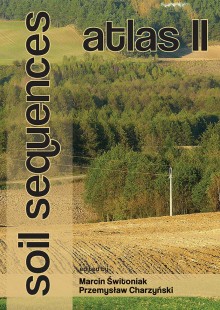
Soil Sequence Atlas II
This is the second book in the series of Soil Sequence Atlases. Main pedogeographic features are presented in the form of sequences to give a comprehensive picture of soils – their genesis and correlations with the environment in typical landscapes of Central Europe from Estonia furthest north, through Latvia, Lithuania, Poland, Germany, Czechia, Slovakia and Hungary to the southernmost Slovenia.
To download click HERE.
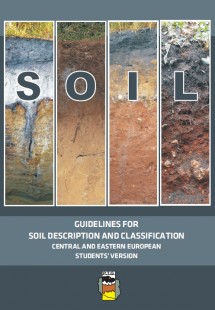
Guidelines for Soil Description and Classification Central and Eastern European Students’ Version
Guidelines for Soil Description and Classification: Central and Eastern European Students’ Version is divided into three parts. The first one – Site and soil description - follows the content of Guidelines for Soil Description, 4th ed., published by FAO (2006), simplified for educational purposes. The second part - Soil classification - is a simplified WRB classification (based on a 2014/2015 edition). The third part is an Illustrated explanatory guide that includes: i) examples of typical soil profiles for all Central European Reference Soil Groups; ii) morphological features important for soil description and identification in the field; iii) soil- landscape relationships.
Full text can be downloaded HERE.
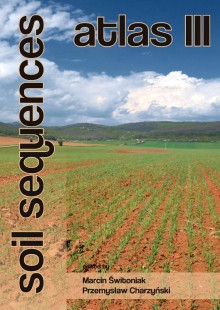
Soil Sequence Atlas III
In 3rd volume of SSA 16 Reference Soil Groups are featured, and represented by 61 soil profiles in total. One of the aims of Soil Sequences Atlas is to explain the relations between landscape and soil cover, predictable to some extent. The collected data is intended as a useful educational tool in teaching soil science, supporting understanding of the reasons for the variability of soil cover, and also as a WRB classification guideline.
Full text can be downloaded HERE.
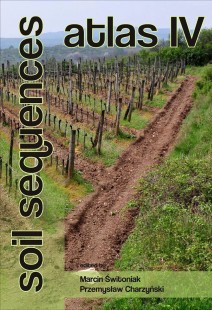
Soil Sequence Atlas IV
In this book the pedo-variability is presented in form of soil sequences which are characteristic for particular types of landscapes. The fourth part of Soil Sequences Atlas contains description of 75 pedons (with soil profile photo, description of morphology, laboratory data) grouped in 15 chapters representing different environmental settings specific for Central or East Europe and Caucasia.
Full text can be downloaded HERE.
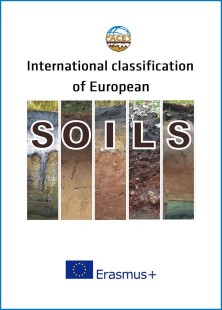
International Classification of European Soils syllabus/curriculum
The course is dedicated for environment and geo- oriented study programmes e.g. environmental protection, geography, agriculture, forestry and on both, It consists asa set of lectures, tutorials and fieldwork (together 45 teaching hours, 4 ECTS credits).
Full text can be downloaded HERE.